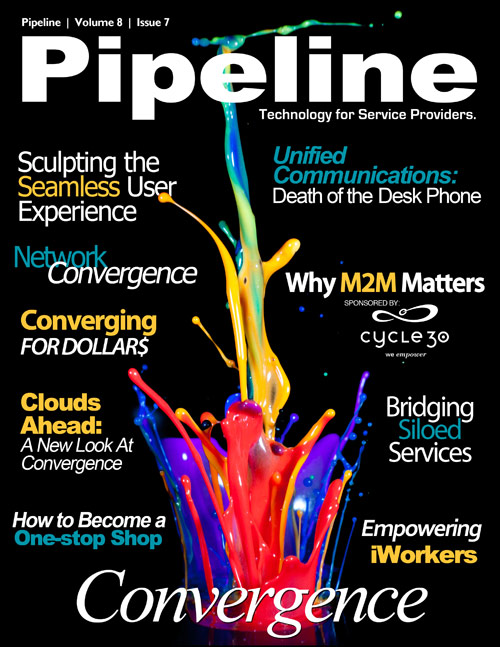Multi-Mode Mobile
It's no secret that even with all of the fanfare surrounding LTE and 4G, legacy mobile networks are going to be around for a long time, and so will the devices that operate on the various RATs currently in use. However, deploying and supporting numerous separate mobile topologies is an expensive endeavor. This is where network consolidation and multi-mode mobile comes into play.
Iyad Tarazi, vice president of network development and engineering for Sprint, outlined the problem. "Carriers also need to consolidate architecture to be able to successfully support multiple technologies such as EVDO, LTE, HSPA, etc. that will be part of the network for many years to come." Tarazi went on to say that "deploying completely independent infrastructure to support each technology is not viable from an economic and operational standpoint."
Network consolidation will be a deciding factor in who can profitably deliver the seamless user experience. "The ability of a carrier to charge its subscribers more for consuming more is not linear and demand is projected to increase at a significantly higher rate than revenue." Tarazi explained. For this reason, network equipment vendors are betting heavily on multi-mode. Everyone from NSN to Ericsson to Huawei offers a device that inherently supports multiple RATs from a single unit.
Until we crack the multi-mode code, consumers will be stuck with devices that only work on select networks. For instance, Apple does offer an unlocked iPhone 4s, but it only works on GSM networks. If your carrier is CDMA, you're out of luck.


What about manufacturing devices that are multi-mode, not just multi-band? This is occurring already, albeit at a very slow rate. Currently, there are inherent incompatibilities between RAT standards, some of which are being ironed out by hardware manufacturers. Perhaps in the future we will see the emergence of ubiquitous interoperability standards that will allow any device to function on any network, similar to plugging any landline phone into a POTS network. Until then, multi-mode network consolidation is still evolving, and an important link in the enablement of a seamless user experience.
Erasing Seams Improves Customer Experience
In advocating for the development, delivery, and management of a seamless service convergence, the importance of the customer experience cannot be overstated. The industry, as a whole, is beginning a slow but very necessary perceptual shift toward a experience- and customer-centric business perspective. Ultimately, since usage patterns extend across every direction and device, the seamless user experience is a crucial component of next-gen telecommunications.
I asked Carol Borghesi, senior vice president of Customers First Culture at Telus, to list some top drivers for a positive customer experience. "Reliability, ease-of-use, innovation, quality and functionality of the handset, and pricing and transparency," she said. How do you control these factors once the user steps out of your walled garden? Carriers spend a lot of time figuring out how to control quality across the managed network, but what about the unmanaged network?
Creating seamless user experience requires service providers to: implement a next-generation application server that is device-, platform-, and access agnostic; be able to partner with other carriers and service providers to launch innovative services and monitor them across multiple networks; and invest in multi-mode technology that supports legacy devices as well as new technology for years to come.








